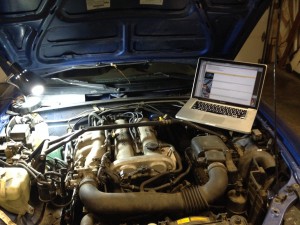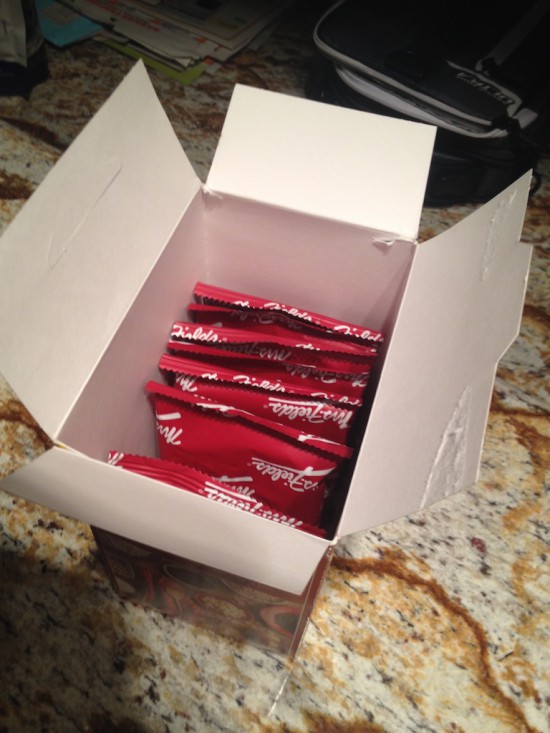I just saw an ad for a tool that didn’t interest me much, but I noticed that the neatly-bearded spokesman in his flannel shirt was standing in what was declared by the subtitles to be the “Tool Research Laboratory”, or something like that.
The set was clearly NOT a tool research laboratory, competing with CSI:Miami for “Least Practical Lighting for a Place Where People Use Their Eyes On the Job” award.
But… Somewhere there actually is a facility where people work hard to produce new, better tools. The people sitting at the workbenches aren’t necessarily wearing flannel; many of them likely have advanced degrees and spend their recreational hours reading about new alloys and fabrication techniques.
An example challenge: Make a better wrench. No biggie, it’s just a tool that has quietly matured over the centuries. But now, with math and engineering and gol-danged science, people are making better wrenches. Most of the emphasis in this new tool revolution is on convenience and one-size-does-more designs, which are all right, but then you get an ingenious device that puts the force on the flats of the bolt, rather than the corners, allowing you to apply a lot more force. A genuine improvement on an old standard*.
Christmas is the time these devices get to strut on the television, as women try to find gifts for men who don’t seem interested in things that are knitted. (Hint: many of those guys are looking forward to holiday leftovers more than they are to the gifts. Because there’s something magical about holiday leftovers. Just sayin’.)
You know, upon further review that last paragraph was pretty sexist. To the guy looking to buy tools for his husband, or the woman trying to figure out how to leave some hints as she cleans the grime from under her fingernails, I say rock on, and don’t forget the leftovers. Forgive me as I perpetuate the stereotype with my use of pronouns to follow.
Hey, remember the SnakeLight? It’s just a rechargeable flashlight with a bendy section, but many years ago when I got one for Christmas I was amazed at how useful it was. There’s a whole SnakeLight product category now. That’s a win.
Finally, the promised advice for tool-givers: beware the one magical wrench that’s as good as a whole set of traditional wrenches. It’s probably not quite as good, and your tool-appreciating gift target already has a whole wrench set and knows how to use it. When Tool User opens the package during your holiday ceremony, he will likely exclaim with happy surprise, but you will know he’s faking it.
But later, in the shop, on many occasions that every-wrench-in-one device is the one your beloved tool user will reach for rather than take the time to find the exact right wrench out of his set. Well, unless your tool user is like me. I’m a frightfully slow worker, and part of that is not just choosing the right wrench, but getting it positioned optimally. So give me a wrench that can reach a nut I couldn’t reach before. That is the one that will make he hairs on the back of my neck stand up — almost as much as a turkey sandwich with all the fixins.
Oh, and battery-powered tools are fundamentally inferior to ones you plug into the wall. The 120 seconds lost to laying the cord and coiling it up again dwarf the loss of power, the time lost messing with batteries, and the general better performance of the tool. Hippies and true craftsmen agree: batteries are no good.
Go Tool Research Laboratory! I’d apply for a job there, but I’m wretchedly unqualified.
* I’ve never seen sockets that embrace this innovation. Get on that, Tool Research Laboratory!









